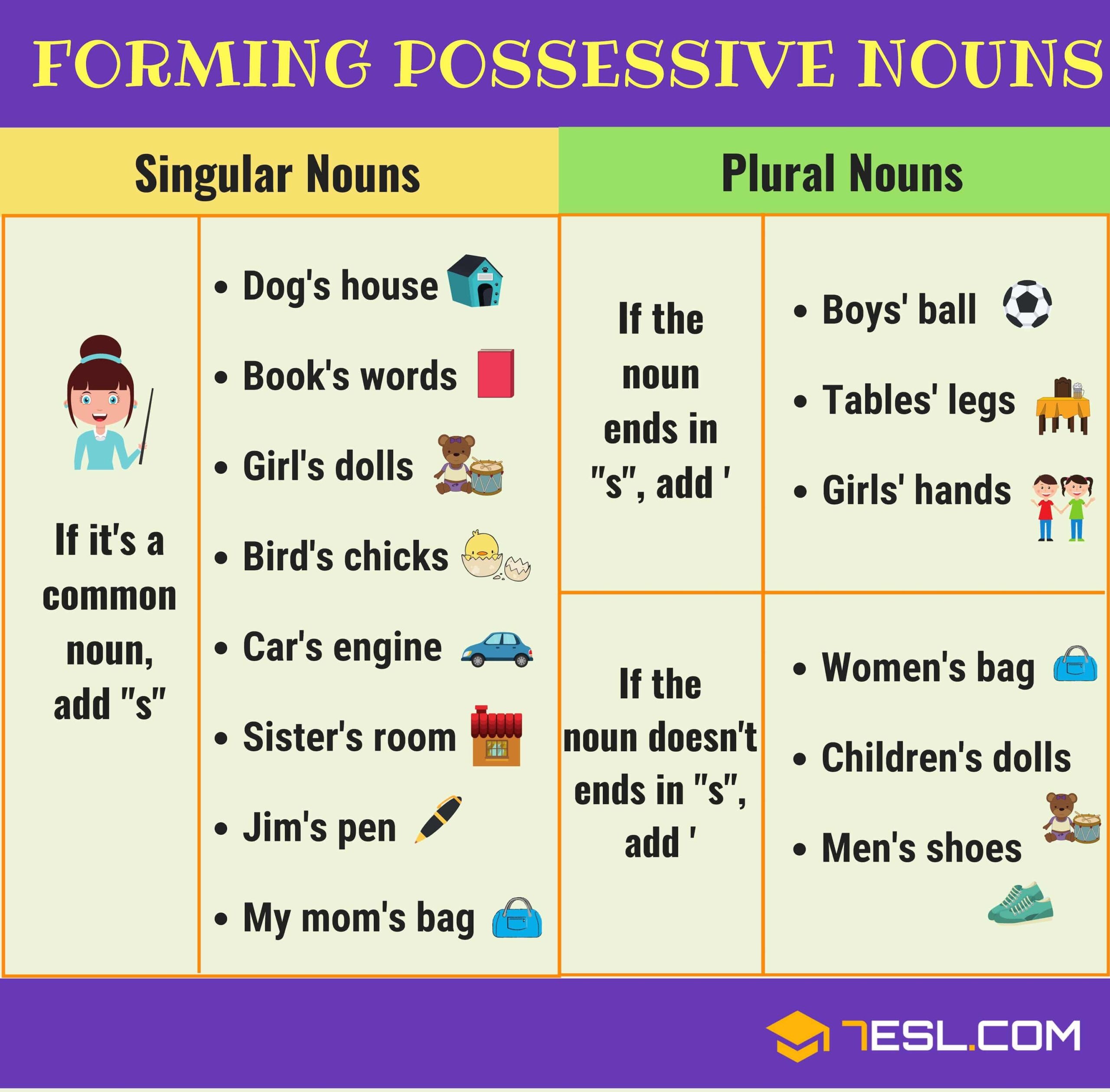When it comes to indicating possession of plural nouns, it can sometimes be confusing for writers. However, there are simple rules and guidelines to follow in order to correctly show plural possession.
Understanding how to show plural possession is important in order to communicate effectively in writing. By following these rules, you can ensure that your writing is clear and grammatically correct.
How to Show Plural Possession
One common way to show plural possession is by adding an apostrophe after the ‘s’ at the end of a plural noun. For example, if a group of students collectively owns a book, you would write “The students’ book.” This indicates that the book belongs to more than one student.
Another way to show plural possession is by placing the apostrophe before the ‘s’ for plural nouns that do not end in ‘s.’ For example, if a group of children collectively owns a toy, you would write “The children’s toy.” This shows that the toy belongs to more than one child.
When dealing with plural nouns that end in ‘s,’ such as “teachers” or “horses,” you can simply add an apostrophe after the ‘s’ to indicate possession. For example, if a group of teachers own a classroom, you would write “The teachers’ classroom.”
It is important to remember that when showing plural possession, the apostrophe always comes before the ‘s’ for singular nouns and after the ‘s’ for plural nouns. This simple rule can help you avoid common mistakes in writing.
By following these guidelines, you can effectively show plural possession in your writing and ensure that your work is clear and grammatically correct. Practice using apostrophes for plural possession to become more comfortable with this aspect of grammar.
In conclusion, understanding how to show plural possession is essential for effective writing. By following the rules for using apostrophes with plural nouns, you can clearly indicate possession in your writing. Remember to place the apostrophe correctly based on whether the noun is singular or plural, and practice incorporating plural possession into your writing to improve your skills.
